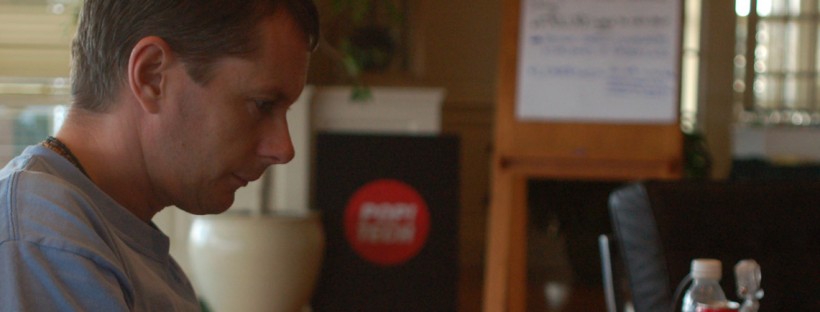Back in what I believe were most likely the 1960’s and 70’s – perhaps a little earlier – my grandparents from my mothers side embarked on what at the time would have been an epic world journey. My grandfather retired quite early after a successful corporate career working for an oil company of all things, and the two of them grasped the opportunity to see some of the world. I remember, as a child, reading their letters and postcards. I was always particularly captivated by this place called Ceylon, a name now long consigned to the history books. It’s been called Sri Lanka since 1972.
 What made my grandparents travels so intriguing, though, wasn’t the letters or postcards, or the various souvenirs which they brought back with them, or the safari brochures. Most fascinating was the cine film. Believe it or not, my grandfather somehow got hold of a cine camera, and they took it with them on many of their trips. About ten years or so ago, we transferred one of the family films onto VHS. There are the usual shots of us, as kids, playing on the beach, my brother pushing me into the sea, one of my sisters screaming. But then, right at the end, for about 15 seconds or so, there’s a totally random clip of an African village. To say it is fascinating is a total understatement. Where was it filmed? When? Who were the people in it? Sadly, these questions may never be answered.
What made my grandparents travels so intriguing, though, wasn’t the letters or postcards, or the various souvenirs which they brought back with them, or the safari brochures. Most fascinating was the cine film. Believe it or not, my grandfather somehow got hold of a cine camera, and they took it with them on many of their trips. About ten years or so ago, we transferred one of the family films onto VHS. There are the usual shots of us, as kids, playing on the beach, my brother pushing me into the sea, one of my sisters screaming. But then, right at the end, for about 15 seconds or so, there’s a totally random clip of an African village. To say it is fascinating is a total understatement. Where was it filmed? When? Who were the people in it? Sadly, these questions may never be answered.
After my grandfather passed away in the early 1990’s – he was preceded by my grandmother – all of the films went into storage in an uncle’s loft, somewhere in deepest darkest England. Shortly after that he emigrated to New Zealand, and the films were forgotten. Forgotten by everyone except for me, it seems.
Once or twice in recent years I’ve tried to find out if the films are still around. I’d almost given up all hope, but my mother emailed her brother again recently and it turns out the films are still sitting in that loft. In June, once I’m back from Stanford, I hope to meet up with my uncle, and hope to get a chance to transfer some of those films onto DVD. I know my grandparents spent quite a lot of time in Africa – Kenya and Uganda for sure, most likely Nigeria, too. And I think Egypt.
Seeing these places through my grandparent’s eyes, 40-odd years after they were there, is going to be incredible. And one thing is for sure – there won’t be a mobile phone in sight…




